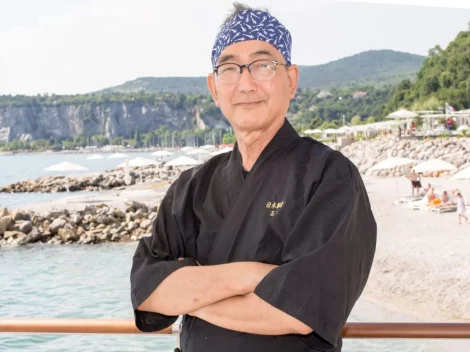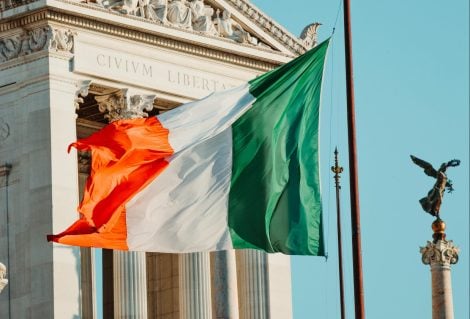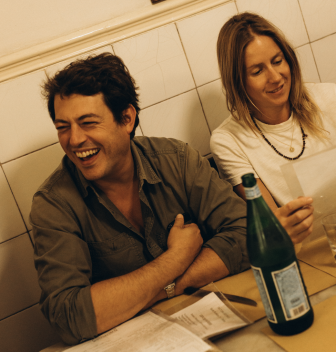The ills of the wine industry are well-documented by trade media: a backlash against alcohol consumption in the name of public health, rising production costs, reduced consumer spending power, tariffs and taxes etc. The result has been a decline in consumption and, therefore, a decline in sales – in the US, the world's biggest wine market, wine sales dropped by 6% in 2024.
Asimov noted in his piece that the drinks industry giants such as LVMH, which owns the likes of Dom Pérignon and Château d’Yquem, are best equipped to weather the storm due to them being "the most diversified, best financed and least vulnerable to fluctuations in the economy and public perception".
The French group's results, also published yesterday, revealed that it has recorded a revenue of €58.1 billion in the first nine months of this year. For its wines and spirits, revenue was €3.9bn, a decline on the €4.2bn figure for the first nine months of 2024. However, despite this dip, the company claimed a "sequential improvement in Champagne and wines, and a good performance in Provence rosé wines", with the 7% decrease largely attributed to "trade tensions" in the US and China which have particularly affected Cognac sales.
By contrast, small, family-owned wine businesses, those whose wines particularly appeal to the 'connoisseur', are, in Asimov's words "the most vulnerable and least flexible".
Problems and solutions
Asimov outlined a number of key areas which he felt that the wine industry as a whole needs to address if it is to endure this crisis.
"Wine needs to suffer through the pain of consolidation. It’s been happening in Europe for years, as historic vineyard areas that once supplied cheap daily wines find their market has disappeared," he noted. "This is bad news for all growers and producers, but especially for companies that measure success solely in terms of growth. Publicly traded companies have sold off brands or even declared bankruptcy."
2025 has seen a number of drinks giants sell off wine brands. On 30 April, Pernod Ricard officially completed the sale of a whole roster of labels, including Jacob’s Creek and Campo Viejo, to Vinarchy. In June, Constellation Brands finalised the deal to rid itself of six brands, as well as three facilities in California and 3,000 hectares of vineyard.
"For smaller growers and producers whose goals are primarily artisanal, the outlook is perhaps not so bleak," claimed Asimov. "The customers for these producers may be drinking less, but they are still largely committed to wine."
The price is wrong
Another critical issue that Asimov identified was price – as the cost of wine goes up, cash-strapped younger consumers move away from it.
"Except for those working in high-paying fields, few younger people are willing to spend more than US$20 for a glass of wine in a restaurant or US$50 to US$100 for a bottle in a wine shop," Asimov observed. "Growers and producers must find creative ways to keep costs down while continuing to attentively farm and make wine."
There are already producers doing just that – indeed, identifying wines that offer that value for money is the ethos behind Gambero Rosso's Berebene guide, which contains a selection of the best Italian wines priced at €20 or under.
The price issue also ties into another charge often levelled at the wine industry – snobbery.
Asimov pointed to a "belief that one must learn about wine before enjoying it", and compared the consumption of wine to listening to music, stating: "Nobody explains how an electric guitar works before a concert."
This is a tough habit to break. The exclusivity of wine has major appeal, especially for high-net-worth individuals who have the ability to buy their cases of Domaine de la Romanée-Conti or Super Tuscans. Even further down the price spectrum, the 'mystery' of terroir and viticultural practices, such as biodynamic, or an emphasis on the technicalities of the winemaking, form a large part of wine marketing.
Perhaps this focus does alienate the vast majority of consumers. Instead, Asimov proposed that "the emotional connection" that people develop when sharing a bottle is what really sells wines.

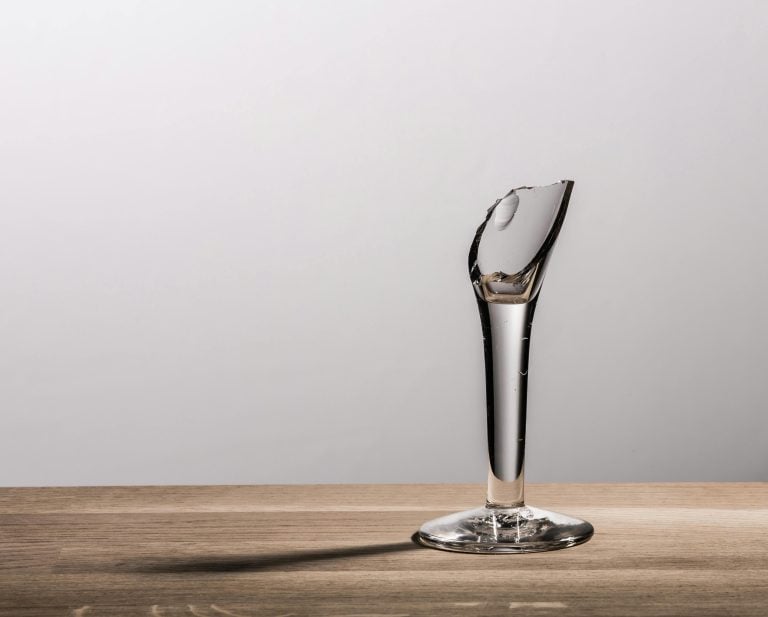
 'Italian wine has infinite potential in Africa'
'Italian wine has infinite potential in Africa' Meet the Sicilian who runs a London pub
Meet the Sicilian who runs a London pub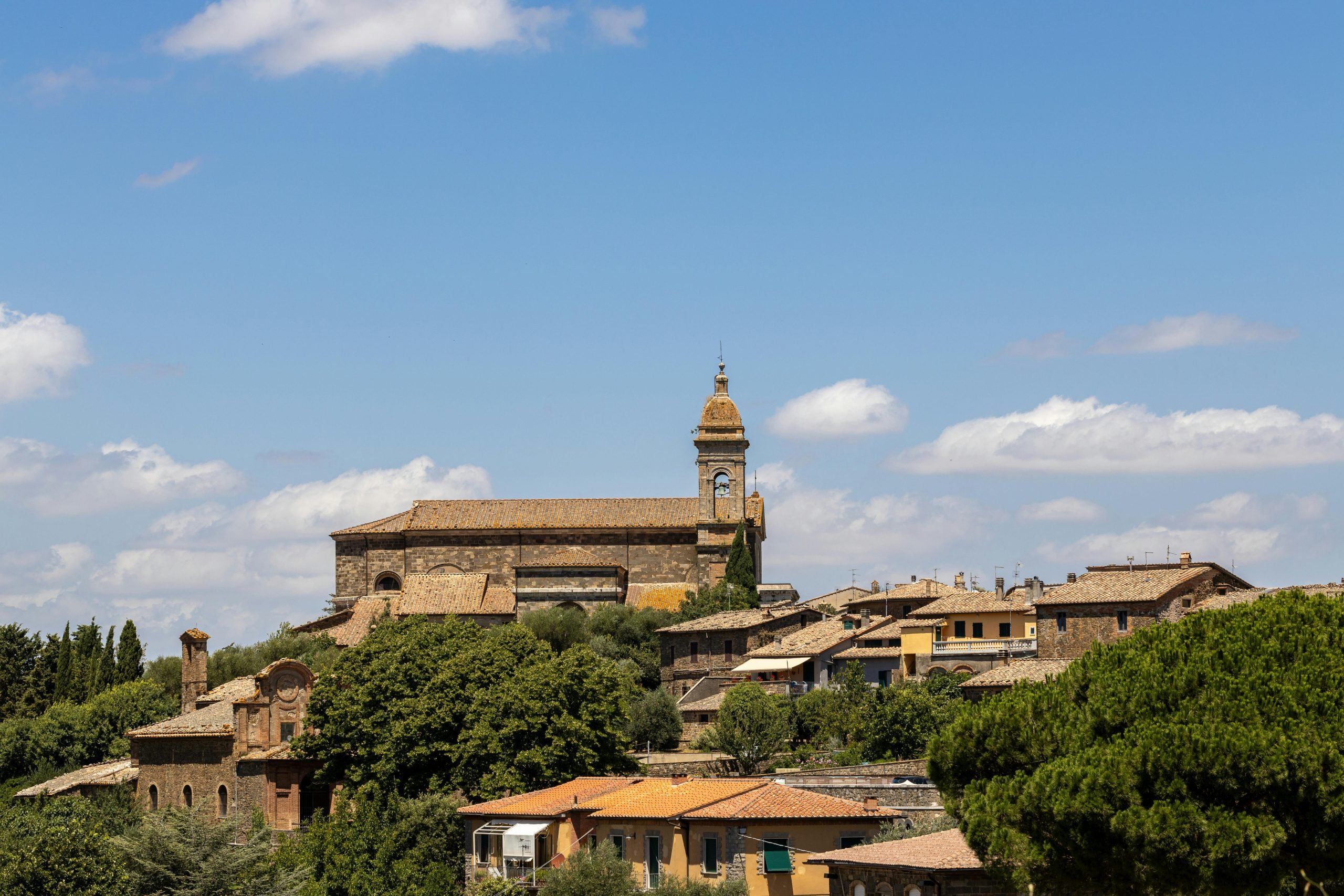 Wine tourism gives €150 million boost to Montalcino
Wine tourism gives €150 million boost to Montalcino 'Watch out for Ireland: wine health warnings have only been postponed to 2028,' warns CEEV secretary
'Watch out for Ireland: wine health warnings have only been postponed to 2028,' warns CEEV secretary